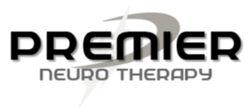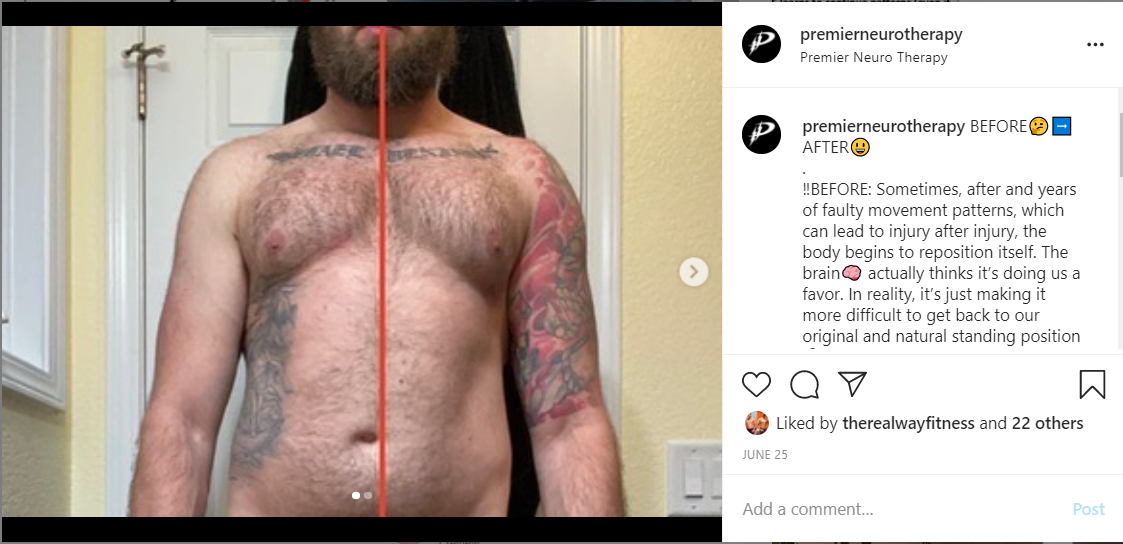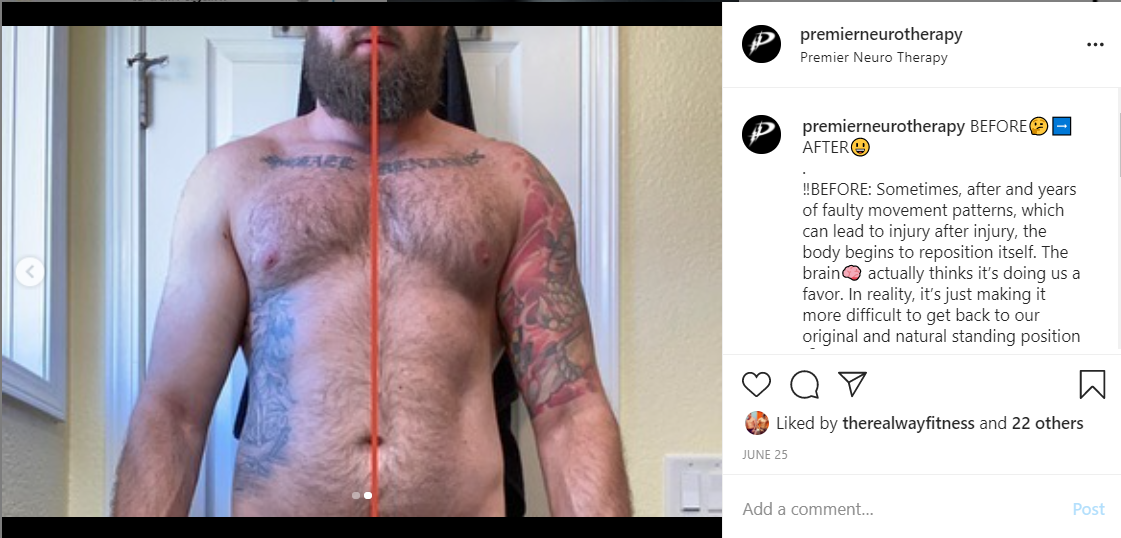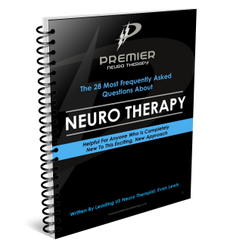|
Most times when people are rehabbing from surgery, dealing with repetitive injuries, or experiencing persistent pain, they start to feel like their body is "out of balance." But how does it get that way? The body feels and looks out of balance when the length tension relationships between muscles has changed.
For instance, in the picture above, the client's hips are shifted to his right in resting standing position. This has occurred as a result of changing length-tension relationships. The muscles responsible for moving the hips to the right have determined it is safer to be in a shorter, more active state, which creates additional tension in that direction. As an effect, the muscles responsible for pulling the hips to the left will be stuck in a lengthened (or stretched) state. These changing relationships cause the body to look and feel out of balance. They also place the body in a slightly more vulnerable, injury prone position. For example, because the hips have naturally learned to shift right, more body weight will fall on the right side of the body with every day movement. Over time, the right side of the body is forced to absorb more and more force, which may result in additional "wear and tear." This is just one of many examples of how being "out of balance" can put us in more injury prone positions. Optimally, the body's resting state would be in a neutral position that equally distributes body weight. The natural next question is "why do length-tension relationships change in the body?" Length tension relationships change in the body for a number of reasons including:
In all of these cases, the body adapts to a new normal resting position and learns to utilize muscles in a less than optimal way. In order to correct the issue and restore balance to the body, it is important to have an understanding of what "proper" (or a balanced) position looks like. With that understanding in mind, you can practice reintroducing the body to its proper resting state. With continued and disciplined practice, the body will restore balance. It is also important to understand exactly where the root cause of the changing tension relationships are coming from. This can be a challenging task for even the best movement specialists. One of the most impactful benefits of utilizing Neuro Therapy technology is that the "search" process pinpoints exactly where the most significant length tension relationship problems exist. After pinpointing where those problems exist, the technology can be utilized to efficiently restore proper length-tension relationships and balance in the body. The picture below was taken after a session with Neuro Therapy technology - it's clear to see that his body is much more balanced in resting standing position than before the session (pictured above). If you are interested in learning more about supplementing your existing rehab program with Neuro Therapy technology, click the blue button below to arrange a time to talk to a member of our team.
0 Comments
|
About the AuthorEvan Lewis is a nationwide leader in Neuro Therapy and founded the Baltimore area's only specialist Neuro Therapy facility. Archives
February 2022
Categories
All
Local to the Towson, Lutherville-Timonium, Cockeysville, or
Hunt Valley area? Friends & Family receive a FREE Discovery Session at Premier!
|
|
About
Premier Neuro Therapy specializes in helping people overcome nagging pains and injuries, avoid surgery and injections, and transform the body to a state of peak performance.
|
Hours
Monday 8am-6pm
Tuesday 8am-6pm Wednesday 8am-6pm Thursday 8am-6pm Friday 8am-6pm Saturday Appointment only Sunday Closed |
Our Location
Our home base is just outside of Baltimore, MD, but we serve clients virtually throughout the United States!
15 miles north of downtown Baltimore, MD
|






 RSS Feed
RSS Feed